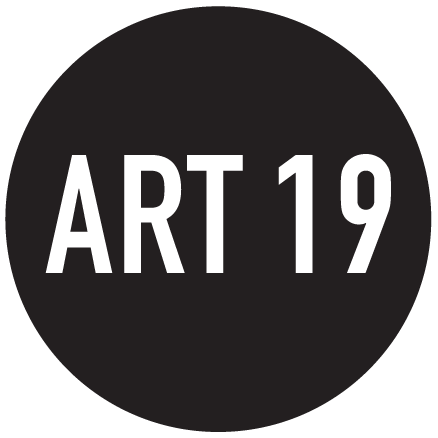Far Out Magazine : The Yoko Ono art piece that seduced John Lennon (by Kelly Scanlon)
Despite being largely what she’s come to be known for, Yoko Ono’s relationship with John Lennon was a just fraction of her story.
Ono’s legacy as a pioneer of avant-gardist art was something others noticed about her early on. She knew that she was an outsider and that her tastes were ‘different’, but it wasn’t until after the Second World War ended that it became something she embraced “aggressively”.
After completing university as the first woman to ever enter the philosophy program at Gakushuin University, Ono moved to New York City, where she found herself in the throws of bohemianism after discovering the works of Arnold Schoenberg and Alban Berg. Both inspired Ono’s sound to the point where she unknowingly became avant-gardist in her approach, with her school teacher telling her just that: “He said, ‘Well, look, there are people who are doing things like what you do, and they’re called avant-garde’,” Ono recalled.
Up to that point, Ono had merely been living in her own world of self-expression, but things changed when she realised that her radical status as an outsider could revolutionise the world. Soon the budding artist launched her Cut Piece exhibition in 1964. During this performance, she took centre stage, adorned in her finest suit. She held a pair of scissors in front of her, inviting the audience to become active participants in the artistic act, welcoming each individual to step forward, grasp the scissors, and sever a small piece of her clothing.
“When I do the Cut Piece, I get into a trance, and so I don’t feel too frightened,” she said. “We usually give something with a purpose…but I wanted to see what they would take…there was a long silence between one person coming up and the next person coming up. And I said it’s fantastic, beautiful music, you know? Ba-ba-ba-ba, cut! Ba-ba-ba-ba, cut! Beautiful poetry, actually,” she added.
Then, in 1966, she caught the attention of a musician going by the name of John Lennon with a minimalist but thought-provoking piece titled ‘Yes’. This piece included a ladder which, when climbed, held a magnifying glass at the top that revealed the word ‘Yes’ in small print etched to the ceiling. “There was another piece that really decided me for-or-against the artist: a ladder which led to a painting which was hung on the ceiling,” Lennon recalled when he first saw the work.
“It looked like a black canvas with a chain with a spyglass hanging on the end of it,” he added. “This was near the door when you went in. I climbed the ladder, you look through the spyglass and in tiny little letters it says ‘yes’. So it was positive. I felt relieved. It’s a great relief when you get up the ladder and you look through the spyglass and it doesn’t say ‘no’ or ‘fuck you’ or something, it said ‘yes’.”
At that moment in her life, Ono had recently gone through a divorce, and the incorporation of subtle hints of positivity into her art served as a poignant reflection of her outlook. Amidst the shadows of personal challenges, she chose to infuse her artistic expressions with delicate droplets of hope, showcasing her resilience and determination to embrace the brighter facets of life. However, at the time, such avant-gardist works were often looked upon by mainstream consumers as nothing more than pretence, but Ono’s ability to communicate such deep emotion via abstract ideas was something that resonated deeply with Lennon.
“I thought it was fantastic – I got the humour in her work immediately. I didn’t have to have much knowledge about avant-garde or underground art, the humour got me straight away,” Lennon said.
Simplistic beauty in the form of the smallest ideas is something that was shared by both of them – Ono, who proudly lived the adage “you change the world by being yourself”, exuded a particular allure that embraced the boundless realm of possibility for Lennon.
Together, they ventured into uncharted territories, pushing the boundaries of creative expression and challenging societal norms. Ono’s sense of self-empowerment and her pursuit of artistic freedom mirrored Lennon’s daring approach, resulting in a coupling that was both limitless in imagination and compatible with life’s realities.
As Ono once proclaimed, “A dream you dream alone is only a dream. A dream you dream together is reality”.
Source : https://faroutmagazine.co.uk

